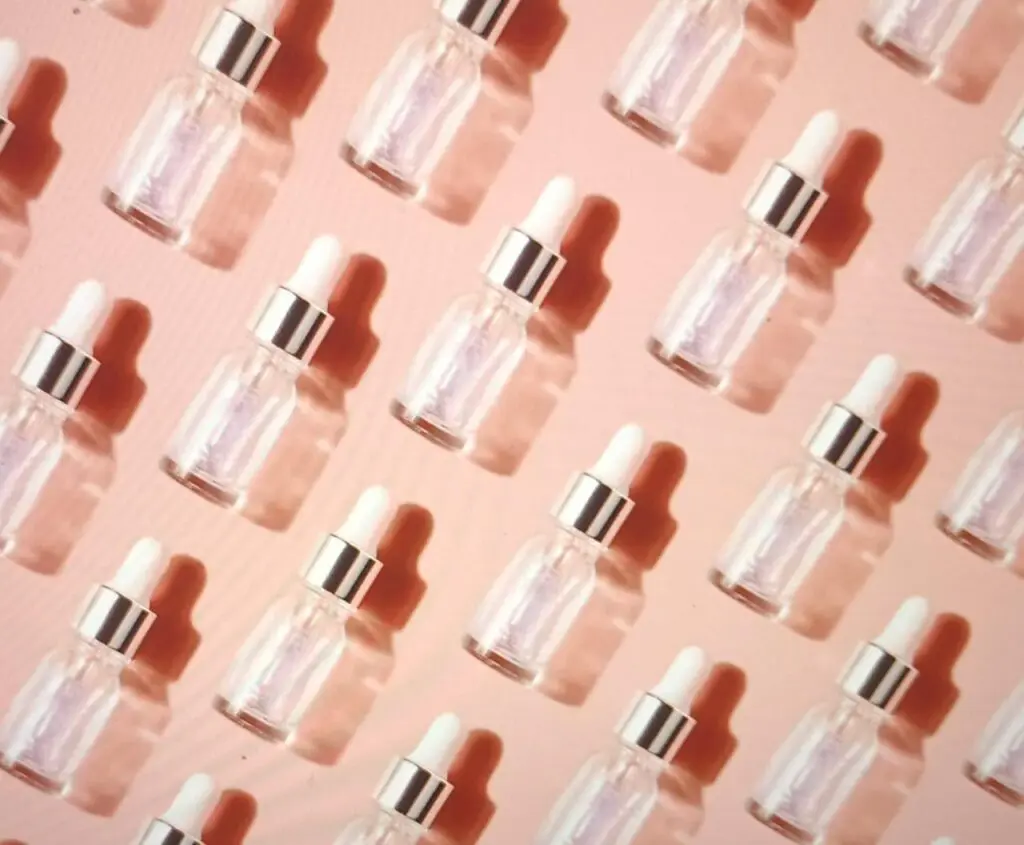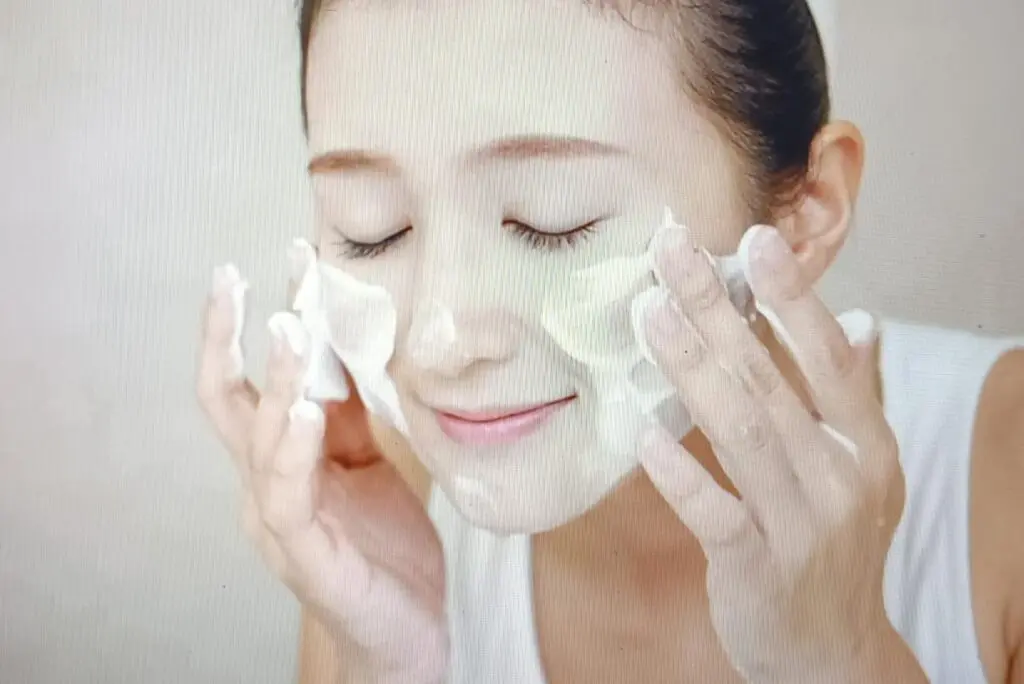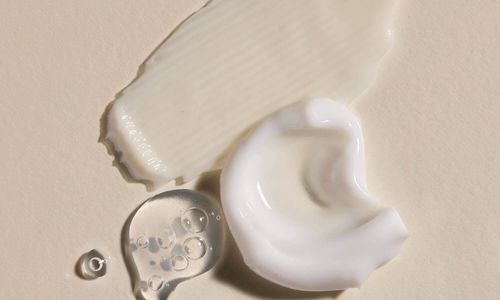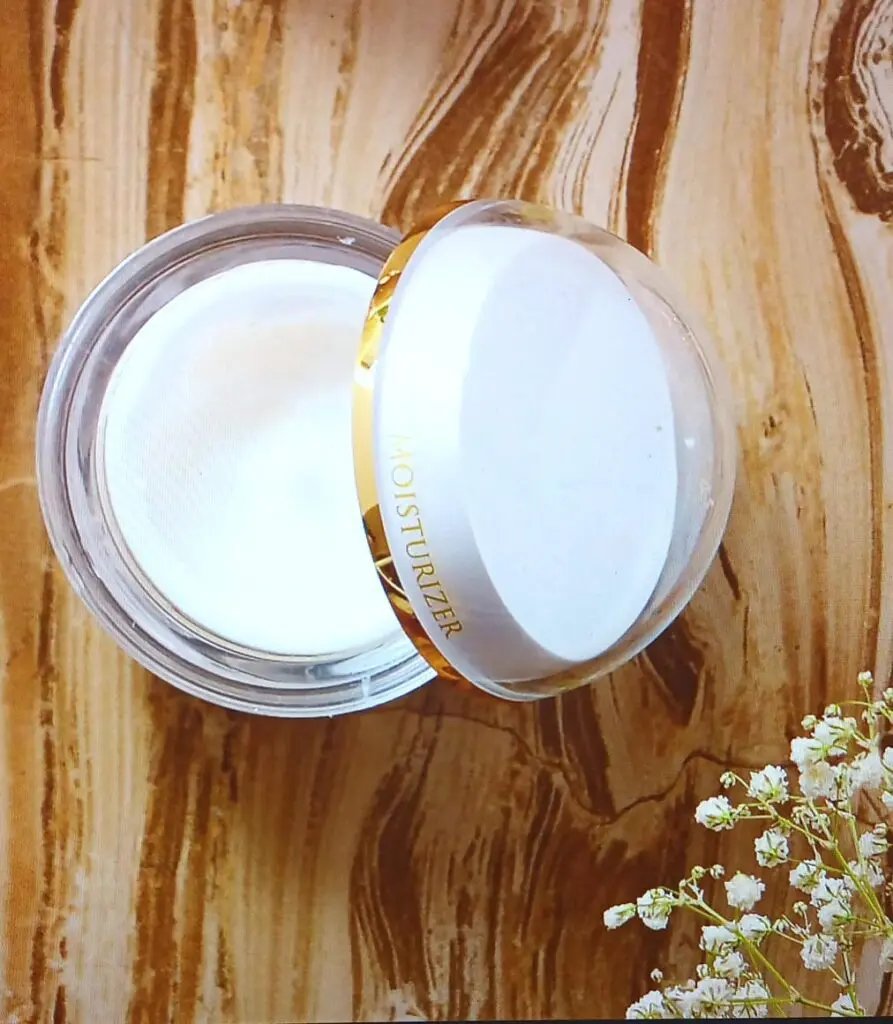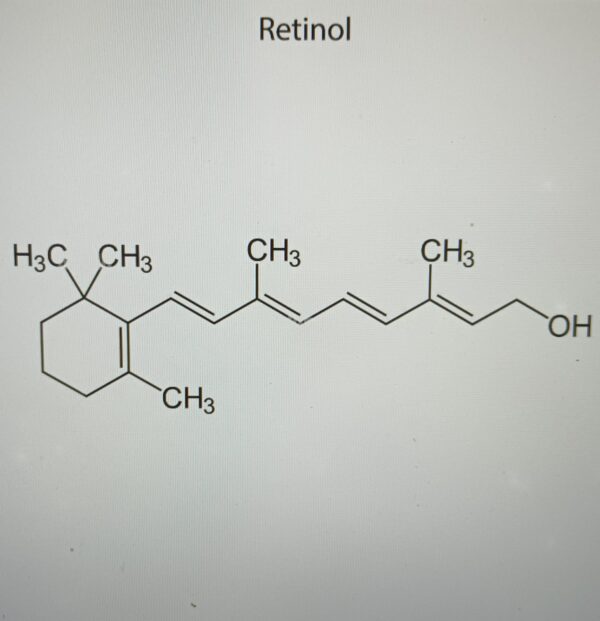
Discovery of Retinol and Its Use in Skincare
Retinol, a form of Vitamin A, has earned a reputation as a powerful anti-aging ingredient in skincare. But how did it become so widely recognized, and what is the story behind its discovery?
In this article, we will explore the journey of retinol from a simple vitamin to a skincare staple known for its ability to turn back the clock on aging skin.
The Early Days of Retinol
Before retinol became known for its anti-aging effects, it was simply recognized as Vitamin A—an essential nutrient vital for many bodily functions. Vitamin A plays a crucial role in vision, immune function, and skin health.
It exists in various forms, including retinol and retinol esters, which can be obtained through dietary sources like meat, dairy products, and colorful fruits and vegetables.
The body stores Vitamin A in the liver, where it is later converted into retinoic acid, the most potent form of Vitamin A used by our cells.
Retinol: A Discovery by Chance
The anti-aging properties of retinol were discovered quite by accident.
In 1967, Dr. Albert Kligman, a dermatologist and professor, was conducting clinical studies on retinoic acid, a derivative of Vitamin A, to treat acne.
During these studies, he found that when applied topically, retinoic acid was incredibly effective at treating acne by promoting cell turnover and reducing inflammation.
However, as more people used retinoic acid for acne, they started noticing unexpected benefits: their skin appeared smoother, wrinkles seemed to fade, and overall skin tone improved.
Recognizing the Anti-Aging Potential
Intrigued by these reports, Dr. Kligman and his colleagues conducted a more extensive study involving 400 women.
They wanted to investigate the effects of topical retinoic acid not just on acne, but also on skin aging.
The results were astonishing, confirming that retinoic acid significantly reduced wrinkles, improved skin texture, and lightened hyperpigmentation or “age spots.”
This discovery was groundbreaking and led to the recognition of retinoic acid as a potent anti-aging ingredient.
In 1971, the FDA approved the use of retinoic acid as a prescription treatment for acne, and it soon began to be prescribed for its anti-aging benefits as well.
The product was later rebranded under the name Renova®, marking its official entry into the world of anti-aging skincare.

How Retinol Works on Aging Skin
Retinoic acid, or Retin-A (also called tretinoin), works by stimulating skin cell turnover, which is the process of shedding old, dead skin cells and replacing them with new ones.
This increased cell turnover helps to repair the skin’s surface, reduce the appearance of fine lines and wrinkles, and even out skin tone.
Additionally, retinoic acid boosts collagen production—a key protein that provides skin with its firmness and elasticity.
By increasing collagen levels and inhibiting the breakdown of existing collagen, retinoic acid helps maintain a youthful appearance.
Retinol, the over-the-counter version of Vitamin A, functions similarly but is less potent than prescription retinoic acid.
After application, retinol undergoes a conversion process in the skin to become retinoic acid.
Though this process means that retinol works more gradually, it can still effectively improve skin texture, reduce signs of aging, and enhance skin tone with consistent use.
From Prescription to Over-the-Counter: The Evolution of Retinoids
Initially, the use of retinoids like Retin-A was limited to those who could obtain a prescription from a doctor.
As the anti-aging benefits of retinoids became more widely known, the demand grew for more accessible forms of this powerful ingredient. T
his demand led to the development of over-the-counter (OTC) retinol products, such as retinol serums and creams, which offered a milder, yet still effective alternative to prescription retinoic acid.
Retinol, unlike retinoic acid, is available in various strengths and formulations, allowing users to select products suited to their skin type and tolerance.
Moreover, retinol tends to cause fewer side effects, such as redness and irritation, making it a more approachable option for many people.
Related: The Do’s and Don’ts of Retinol You Need to Know
The Rise of Retinol in Skincare
Today, retinol is a key ingredient in many skincare products, including serums, creams, and oils.
Its ability to address multiple signs of aging—such as fine lines, wrinkles, and uneven skin tone—has made it a favorite among dermatologists and skincare enthusiasts alike.
Retinol’s versatility and effectiveness have cemented its place as a cornerstone of anti-aging skincare routines around the world.
Related: 8 Best Retinol Creams In Pakistan
Modern Advances and Variations of Retinoids
As the skincare industry evolves, new derivatives of Vitamin A continue to emerge, each offering unique benefits and targeting different skin concerns.
For example, newer retinoids like retinyl retinoate and hydroxypinacolone retinoate (HPR) have been developed to provide anti-aging benefits with even less irritation.
These innovations have expanded the range of options available to consumers, allowing them to tailor their skincare regimens to their specific needs.
Conclusion: The Future of Retinol in Skincare
Retinol’s journey from a basic vitamin to a celebrated anti-aging ingredient is a testament to the power of scientific discovery and innovation.
While its origins may be humble, its impact on the skincare industry has been profound.
As research continues and new formulations are developed, retinol’s reputation as a skincare powerhouse is likely to endure, helping people achieve healthier, more youthful-looking skin for years to come.
Whether used as a prescription retinoic acid or in an over-the-counter retinol formulation, this Vitamin A derivative has proven to be a game-changer in the fight against aging skin, providing users with a reliable tool to maintain a vibrant and youthful appearance.
Related:
How and When to Use Retinol in Your Skincare Routine
6 Best Salicylic Acid Serums in Pakistan
Best Niacinamide Serums In Pakistan For All Skin Types

Education: University of Peshawar
Abrar Ahmad holds a Master’s degree in Chemistry and has been writing about skincare for over five years. With a deep understanding of ingredients and their impact on the skin, he enjoys sharing practical, science-based skincare advice. When not writing, he loves playing with his kids.
